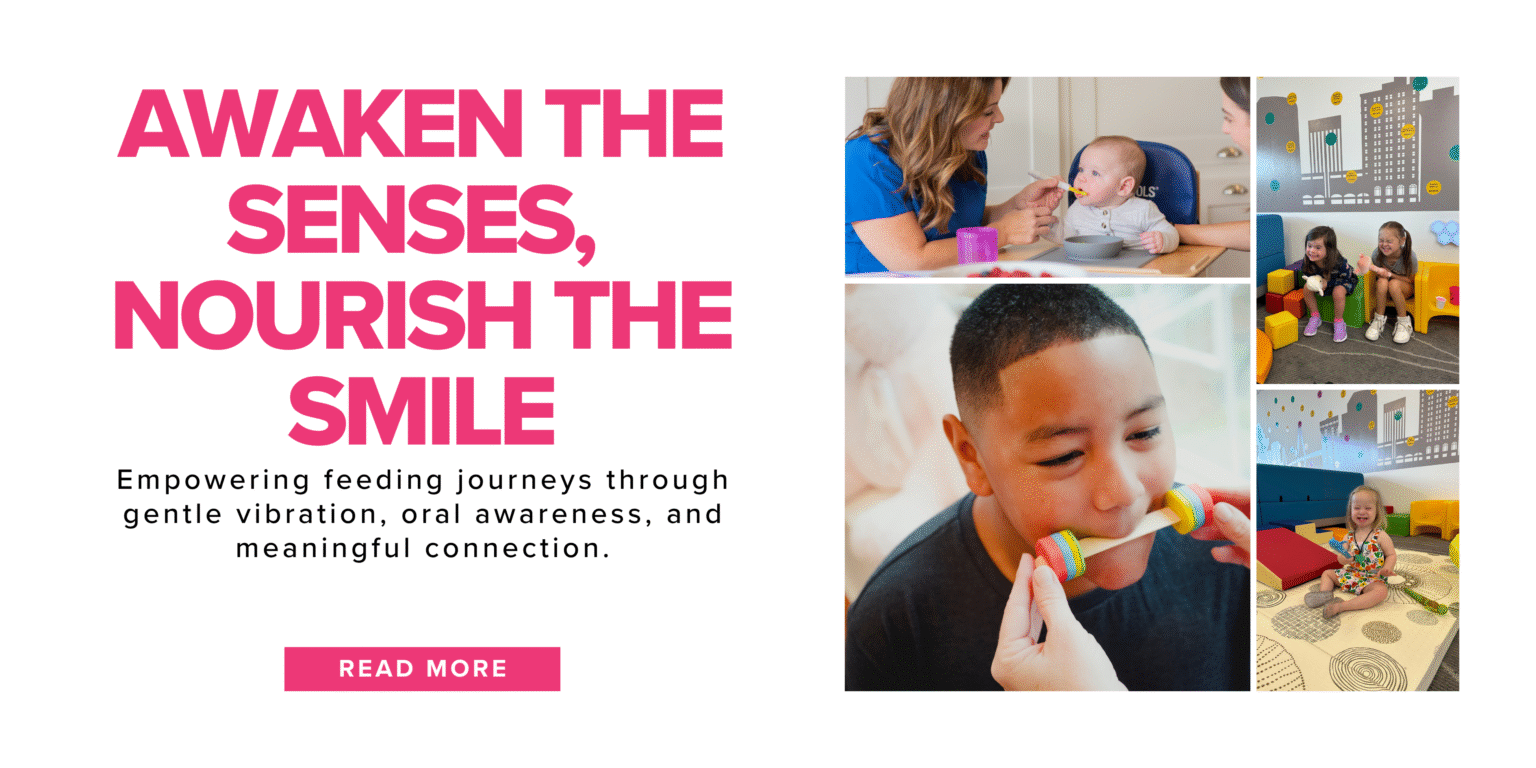This is a repost from the American Speech-Language-Hearing Association (ASHA), with permission from the author.
I was happy to read Melanie Potock’s recent blog, “Three Structures in a Child’s Mouth That Can Cause Picky Eating.” The post sparked a considerable amount of discussion on social media. I also appreciated ASHA’s response about professional experiences, and the value they bring to our profession. I have several thoughts on this blog regarding evidence-based practice and tethered oral tissues (TOTs).

ASHA reminds us on the website that evidence-based practice (EBP) involves clinical expertise/expert opinion coupled with scientific evidence and client perspective.
To me, EBP means more than level-one research or large-sample, double-blind case studies. EBP evolves with new evidence and truly listening to our colleagues and their observations. After all, broader research evolves from patterns noted in clinical practice and individual case studies. Blogs are a way for clinicians to present their experiences and they often spark interest in our doctoral-level researchers for designing larger case studies.
As a speech-language pathologist with more than 20 years of treating and studying orofacial myofunctional disorders, feeding, and muscle-based speech disorders, I still look at each patient and case individually.
Potock’s article tackles an important yet controversial topic in this field—TOTs—commonly known as tongue-tie or ankyloglossia. Not all children with a tongue-tie are picky eaters and Potock reports only her observations from her clinical experience.
I’ve experienced similar findings. Many of my pediatric clients with oral-phase feeding issues and self-limited diets also have a restricted lingual frenulum. In many of these cases, the child was diagnosed by a medical physician who then referred the patient to me. If physicians believe treatment from an SLP is important for these children, shouldn’t we learn how we can help with this diagnosis?
The trend in our field to “take sides” and use absolute terms, such as “there isn’t any evidence,” alarms me. I’m no stranger to dealing with these absolutes as a long-time member—and current board chair—of the Oral Motor Institute. Can’t we view clinical observations from an SLP with specific training and extensive experience as a valid form of evidence?
As for evidence beyond Potock’s expertise, TOTs is a recent term coined by pediatric dentist Kevin Boyd at the 2014 Summit of the International Affiliation of Tongue-tie Professionals. Although not new information, this topic features more frequently in the fields of lactation, speech-language pathology, oral surgery, orofacial myology and otolaryngology.
One driving factor in the increased interest stems from research in 2015 linking sleep apnea to a short lingual frenulum. In addition, Bobby Ghaheri, a pediatric otolaryngologist who hosts a website and blog on TOTs, relates the increased awareness of this condition to the importance of breastfeeding supported by The World Health Organization. The ASHA Evidence Map for orofacial myofunctional disorders also highlights tongue-tie.
As more professionals learn about the condition, the ability to diagnose the signs and symptoms will improve. We’ve certainly seen this trend with other diagnoses in our field.
There may be a lack of published research specifically related to this area of practice in speech-language pathology, but the information on this topic continues to grow in related professions and on an international level. For example, the American Academy of Pediatrics published a 2004 study, “Congenital Tongue-tie and Its Impact on Breastfeeding.” Another relevant study from 2015—“A Comprehensive Treatment Protocol for Lingual Frenectomy with Combination of Laser and Speech Therapy”—was published in the International Journal of Laser Dentistry.
SLPs wanting to learn more about this—or other evolving topics—can attend symposiums and workshops where presenters often discuss ongoing research.
I know we have a lot to learn on this topic, but I also feel we should remain open to listening to all forms of evidence. Several related colleagues—like occupational therapists, lactation specialists and registered dental hygienists—already treat these complex disorders. Don’t certified SLPs also want to educate themselves in order to maintain our scope of practice and work interprofessionally with those currently treating TOTs?
—
Robyn Merkel-Walsh has specialized for over 21 years in Oral Placement and myofunctional disorders in children. She is employed by the Ridgefield Board of Education, runs a private practice in Ridgefield, NJ, is the board chair of the Oral Motor Institute, and is a member of the TalkTools® speakers bureau. She teaches Autism, Tongue Thrust, and Tongue Tie classes that have been offered for ASHA CEUs, and has been invited to speak on Oral Placement disorders by Conversations in Speech Pathology, Bergen County Region V, the IAOM, The Apraxia Network, AAPPSPA and the MOSAIC Foundation. Robyn has received specialized training in Oral Placement Disorders, feeding, apraxia, Applied Behavioral Analysis, autism, cranio-facial anomalies, Beckman Techniques and PROMPT.



